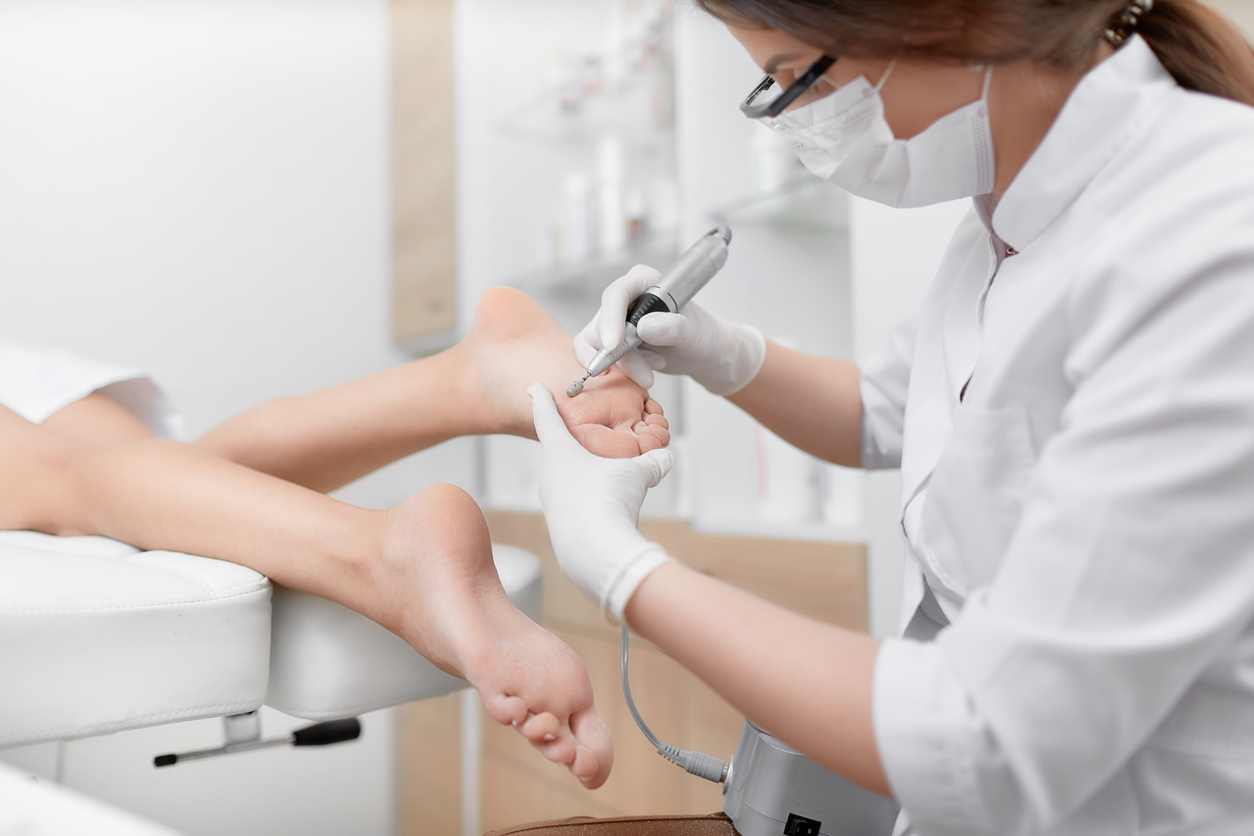
Your feet put forth a lot of effort. Feet are complicated structures with several bones, tendons, and ligaments that must all function in unison in order to keep you moving. Conversely, you might need a podiatry Memphis procedure if you have pain or an injury in any part of the foot. Physical therapy may also be beneficial to your symptoms. Foot pain tests and scans include ultrasound, blood test, X-ray, MRI scan, or nail swab.
Reasons to see your doctor for foot problems
1. Nail illness: Your physician may be able to address your foot discomfort with medicine if a general health issue causes it. For instance, you may require antifungal medication to cure nail infections.
2. Diabetes: This can result in nerve damage in your feet and other areas. This might cause foot and leg numbness, discomfort, and ulceration. Also, if you have diabetes-related foot problems, you must see a podiatrist and other doctors. Your family doctor, a vascular (blood vessel) surgeon, and a neurologist (nerve specialist) may all be involved.
3. Gout and arthritis: These can both induce foot and toe discomfort. Both gout and arthritis need treatment to alleviate symptoms. Your doctor or a podiatrist can treat these disorders.
4. Ankle and knee issues: To address the source of an ankle or knee problem, you may require to consult a podiatrist, orthopedic surgeon, or sports medicine doctor. You may also require long-term physical therapy to strengthen the joints and muscles in your knee, foot, and ankle.
5. Flat feet: Flat feet and weak or torn foot ligaments may need the use of orthotics, like a foot brace or arch support. A doctor will create personalized foot support braces for you by taking molds of your feet.
6. Morton’s neuroma: Pain, burning, and the sensation that something is in your shoe might be caused by nerve disorders between your foot’s third and fourth bones. Runners are generally affected. Tight shoes and overpronation aggravate the situation. Also, it may require surgery to be removed.
What to anticipate during your appointment
A podiatrist will ask you about your medical history, your drugs, and any operations you have had during your initial visit. They will examine how you stand and walk your joint range of motion and your shoe fit. Bunions, ingrown toenails, heel and lower back discomfort, circulation in your feet if you have diabetes, and foot abnormalities are frequently treated at the initial appointment. The doctor may recommend orthotics, padding, or physical therapy to remedy your difficulties. They may use syringes to provide pain medicine, nail splitters, or a nail anvil to remove ingrown toenails. Scalpels can cut into the skin surrounding a toe or remove portions of corns and calluses. Many clinicians employ cryotherapy (liquid nitrogen) equipment to remove plantar warts.
Even if there is no pain, a yearly foot examination is recommended for patients of all ages to confirm that everything is normal and to discover any issues early on. When your foot hurts, though, you should always consult a podiatrist. They can assist persons of any age, as difficulties can arise at any stage of life. Call Ellichman Vein & Vascular Centers to schedule your meeting today to determine if podiatry treatment suits you.





More Stories
Robin Quivers’ Master Cleanse Diet Story
Reclaiming Your Smile: Exploring Denture Implants and Wisdom Teeth Removal
Beyond Diagnosis: Holistic Approaches to Radiation-Related Illnesses